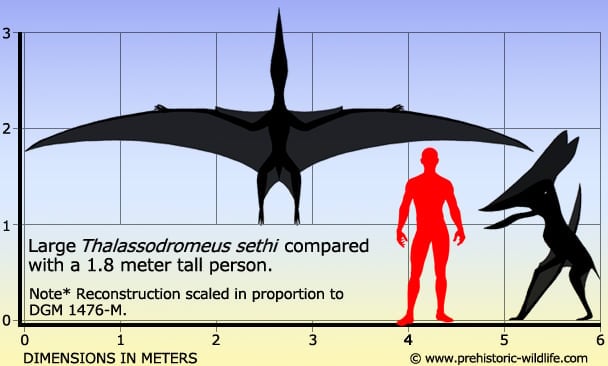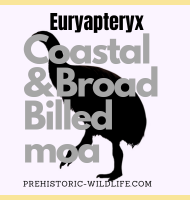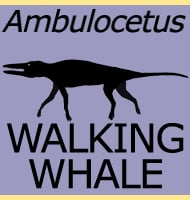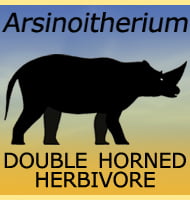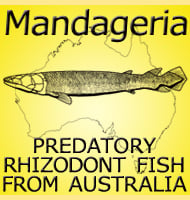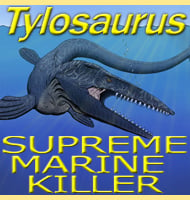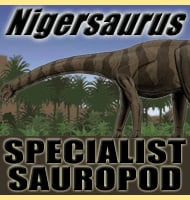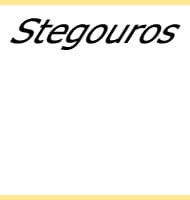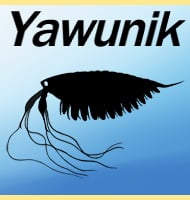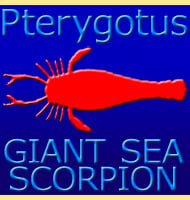In Depth
The most striking feature of Thalassodromeus is the highly ornate head crest, one of the largest known among pterosaurs. From the side this crest resembles the pharaoh crown that is often depicted in artwork of ancient Egyptian gods. It is for this reason that the type species is named T. sethi, after the god Seth, although it seems that the describers confused a picture of Seth with that of the god Amun.
Thalassodromeus was first thought to be similar to Tapejara, however current thinking has Thalassodromeus being similar to Tupuxuara and closer to the azdarchid line of pterosaurs. Widely accepted depictions of this group have them stalking on the ground like Storks do today rather than feeding on the wing. If correct then Thalassodromeus may have either stalked across the land looking for things like lizards, or remained on the water’s edge in the shallows hunting for fish and amphibians like Herons do today.
Further Reading
– The function of the cranial crest and jaws of a unique pterosaur from the early Cretaceous of Brazil. – Science, 297 (5580): 389-392. – A. W. A. Kellner & D. A. Campos – 2002. – Toothed pterosaurs from the Santana Formation (Cretaceous; Aptian–Albian) of northeastern Brazil, Proefschrift Universiteit Utrecht. p. 1-269. – A. J. Veldmeijer – 2006.
